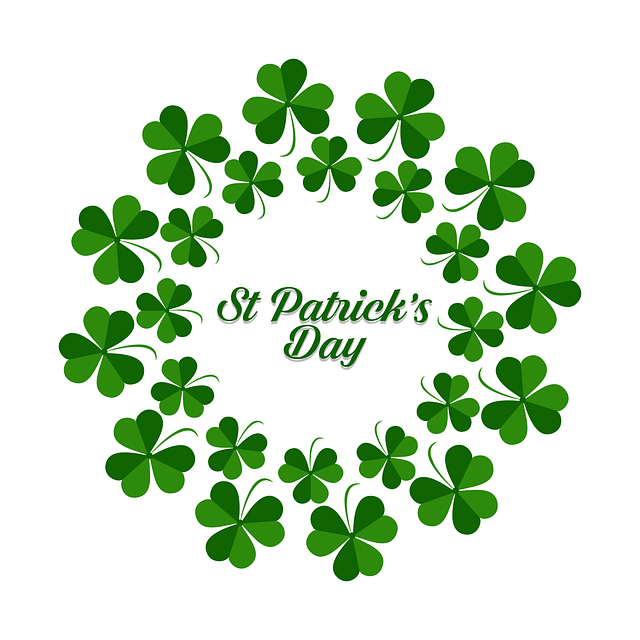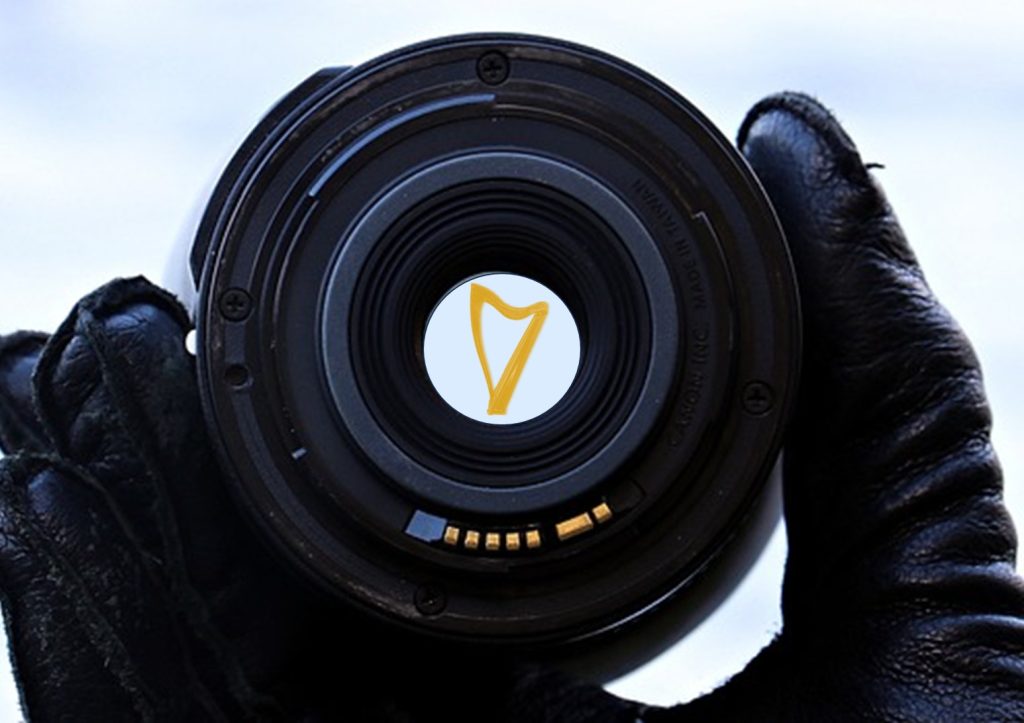Last week we talked about asking questions to encourage our creativity. I hope that you spent the week asking questions of yourself – I know I did! As we said there, asking questions is a great method. The good thing about questions is that they beget one of two things – more questions and/or answers!
Who knew that asking the questions would be the easiest part of being creative?!?
Answers are good to have. Answers describe action. Answers are hard. Answers require us to be brave enough to act.
So, Answers can make you be stuck. Moving forward can be scary. What if we’re wrong? What if our creative idea is a dud? What if we fail?

Well, I can’t assure you that all your creative ideas will be brilliant. But I can help you be brave enough to give your creativity free rein to try! Although there are loads of them, let’s start with five ways to be brave enough for your creativity to shine through:
1. Remind yourself that you are creative. Having doubts? Think about this – every sentence you utter has to be generated from scratch. Each time you say something, you illustrate your innate ability to create (even if you say nonsensical stuff!). You are creative!
2. Size up the risk. It’s not like I asked you to go on TV and perform cold as the entire world watches! What’s the worst that can happen as you sit at your harp at home by yourself? Your rhythm is wonky? You hit some unintended tones? You forgot about reverb and what seemed like a good idea in your head turned out to be the sonic equivalent of baby s**t brown? No one is going to take away your birthday. No one is going to point and laugh. No one is even going to hear you unless you ask them to! The risk of exploring is so minimal as to defy definition!
3. Practice laughing. Here’s a harsh reality – not all your ideas are going to soar. So, when you have a serious creative misstep – laugh about it! (see 2 above – who heard your misstep? That’s right – no one) If a misstep happens alone in a forest, did it happen at all? Only in your laughter!
4. Laugh with yourself, not at yourself. Don’t be your meanest critic. Be nice to you!
5. Being creative doesn’t mean you can’t learn something. Every time you try something and it works – celebrate!! And every time you try something that doesn’t work, you can learn from it. What is causing you to have a gap? Do you need to master another technique? Have you become an idea one-trick pony? Learn what your gap is and then create a way to fill it!
I’m going to be brave enough to stop there – I am sure you have other, better ways to help yourself find the courage to be creative – what are they? Let me know and we can share our epic tales!









